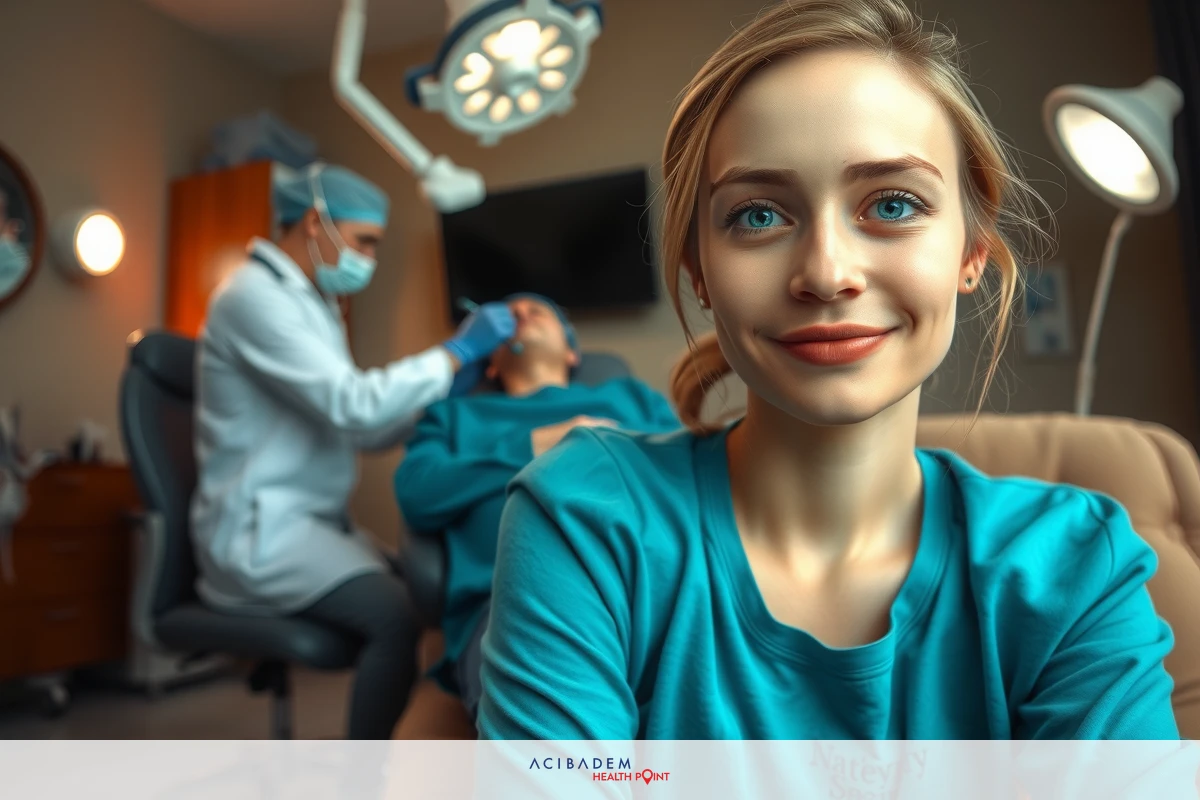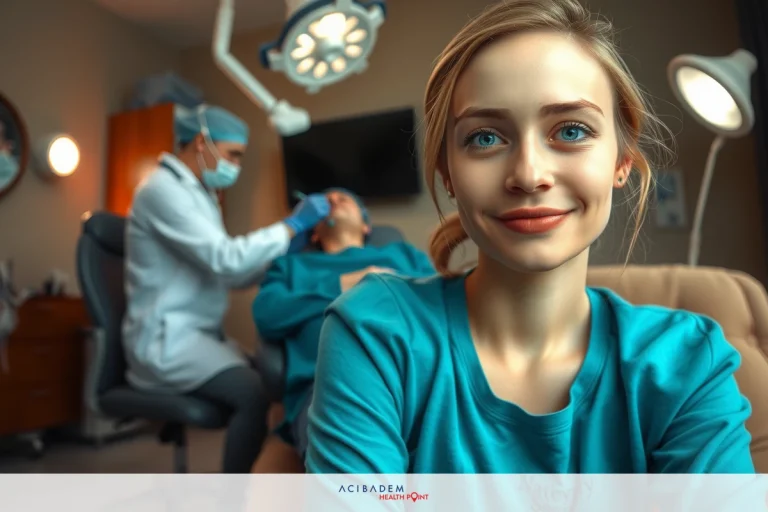Deviated Septum Surgery and Rhinoplasty
Deviated Septum Surgery and Rhinoplasty Correction of a deviated septum and rhinoplasty are two surgical methods that deal with different aspects of nasal function and appearance. Deviated septum surgery, also known as septoplasty, is primarily a functional procedure designed to improve the nasal airway, particularly in patients who have a deviated or crooked septum. A deviated septum can cause problems such as difficulty in breathing, congestion, and sinusitis. Therefore, this surgery is beneficial for those seeking relief from such symptoms and looking to enhance their overall quality of life.
On the other hand, rhinoplasty, often referred to as a “nose job”, is a cosmetic procedure intended to alter the shape and appearance of the nose. It can correct a variety of issues such as humps, wide or narrow nostrils, and asymmetry. While rhinoplasty is typically considered a cosmetic procedure, it can also improve nasal function in some cases. Both these surgeries can be performed independently or together depending on individual needs and desired outcomes.
Deviated Septum Surgery
Deviated septum surgery, also known as septoplasty, is a surgical procedure designed to correct a misaligned septum. The septum of the nose is the thin wall of bone and cartilage that separates your right and left nostrils. When it deviates, or moves away from its central location, it can obstruct one or both nostrils and cause difficulty in breathing. In addition to breathing issues, a deviated septum may also lead to regular sinus infections, nosebleeds, facial pain, headaches, and snoring.
The primary goal of deviated septum surgery is nasal airway improvement. During the procedure, the surgeon works to straighten the bent cartilage and bone in the nose. This is done by making an incision inside the nostril to access the septum. Then the deviated structures are moved into the right position. Sometimes, portions of the septum may need to be removed entirely to fully clear the nasal passage. After repositioning or removal, the incision is closed with dissolvable stitches.
Septoplasty is considered a functional nasal surgery because its main purpose is to improve function rather than alter appearance. It is often performed alongside other procedures such as turbinate reduction or sinus surgery if needed for comprehensive treatment of nasal obstruction. The surgery itself typically takes between 30 minutes to an hour and is often performed under general anesthesia.
Recovery from deviated septum surgery usually takes a few weeks. Patients might experience some swelling and discomfort initially but these symptoms gradually decrease over time. Breathing improvement can often be noticed immediately after recovery though complete healing may take up to a year. The success rate for this surgery is quite high, with many patients experiencing significant long-term improvement in their symptoms and overall quality of life.
Rhinoplasty
Rhinoplasty, often referred to as a “nose job”, is a cosmetic surgery procedure that reshapes and resizes the nose. While deviated septum surgery focuses on improving nasal function, rhinoplasty primarily aims to enhance aesthetic appeal. It can modify various aspects of the nose including its size in relation to other facial features, width at the bridge, profile such as visible humps or depressions, large or wide nostrils, and nasal symmetry.
The process of rhinoplasty begins with an incision inside the nose or at its base. The surgeon then reshapes the inner bone and cartilage to produce a more pleasing appearance. This could involve removing a hump, refining the nasal tip, narrowing the nostril width, or changing the angle between the nose and upper lip. As
it’s a highly individualized surgery, the specific techniques used can vary greatly depending on the patient’s existing nasal structure and their desired outcomes.
It’s important to note that while rhinoplasty is considered a cosmetic procedure, it can sometimes have functional benefits too. For instance, if a person has a deviated septum causing breathing difficulties, combining rhinoplasty with septoplasty can provide both aesthetic improvement and functional relief. However, this is not always the case and prospective patients should have clear discussions with their surgeon about their expectations.

Recovery from rhinoplasty can take longer than from septoplasty due to its complex nature. Initial swelling subsides within a few weeks but it may take up to a year for your new nasal contour to fully refine. During this time you may notice gradual changes in the appearance of your nose as it refines to a more permanent outcome. With successful surgery and proper care during recovery, rhinoplasty can result in significant enhancement in facial harmony and confidence in one’s appearance.
Frequently Asked Questions
Is deviated septum surgery covered by insurance?
The coverage for deviated septum surgery varies depending on your insurance plan. While some insurance companies do provide coverage for medically necessary septoplasty, it is important to consult with your insurance provider to understand their specific criteria and requirements. They will be able to guide you on the coverage details and any pre-authorization or documentation that may be necessary.
Will I experience pain during or after rhinoplasty surgery?
During rhinoplasty surgery, you will be under anesthesia and should not feel any pain. After the procedure, it is normal to experience some discomfort, swelling, and bruising. Your surgeon will prescribe pain medication to help manage any post- operative pain. It's important to follow their instructions and take the prescribed medications as directed.
How long does it take to see the final results after rhinoplasty?
It can take several months to a year to see the final results of rhinoplasty. Immediately after the surgery, there will be swelling and bruising, which gradually subside over time. The shape and appearance of your nose will continue to refine during the healing process. It's important to have patience and follow your surgeon's post-operative care instructions to achieve the best possible outcome.
Can I combine rhinoplasty with other cosmetic procedures?
Yes, combining rhinoplasty with other cosmetic procedures is common. Many patients choose to have additional procedures such as chin augmentation or eyelid surgery done at the same time as their rhinoplasty. This approach can save on overall recovery time and expenses. However, it is crucial to discuss your goals and concerns with your surgeon so they can determine if combining procedures is appropriate for you.
What are the potential risks or complications associated with deviated septum surgery?
Deviated septum surgery, like any surgical procedure, carries some risks. These can include bleeding, infection, adverse reactions to anesthesia, changes in nasal shape or sensation, scarring, and the possibility of revision surgery. However, complications are generally rare and most patients experience successful outcomes. It is important to choose a qualified and experienced surgeon to minimize the risks and ensure proper post- operative care.











